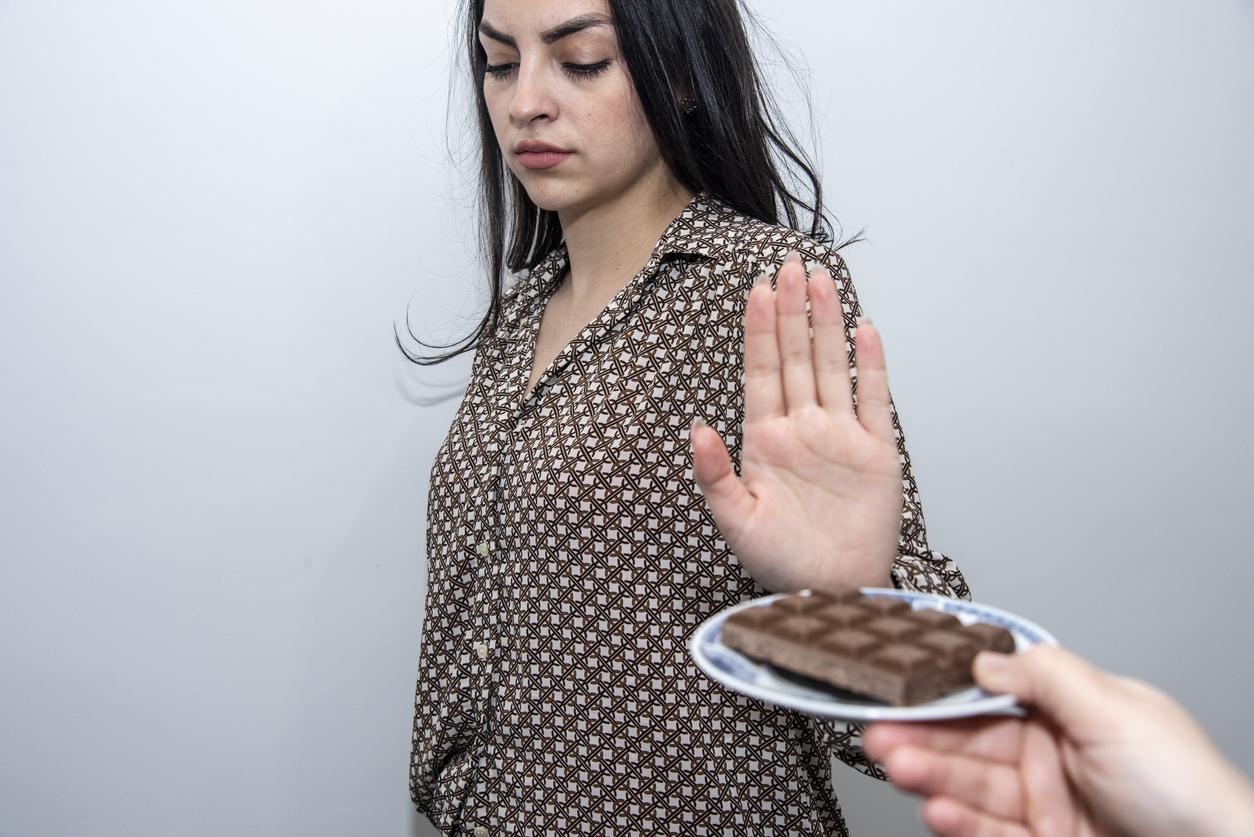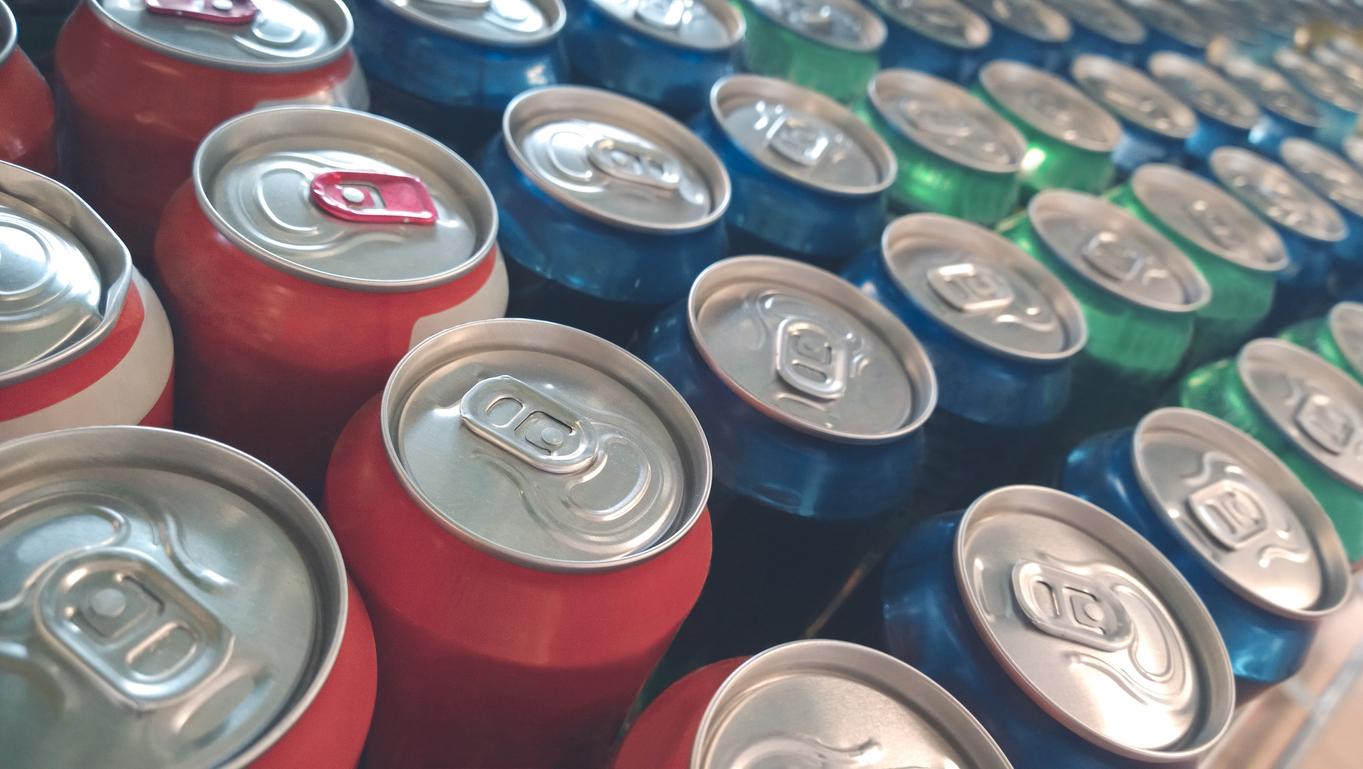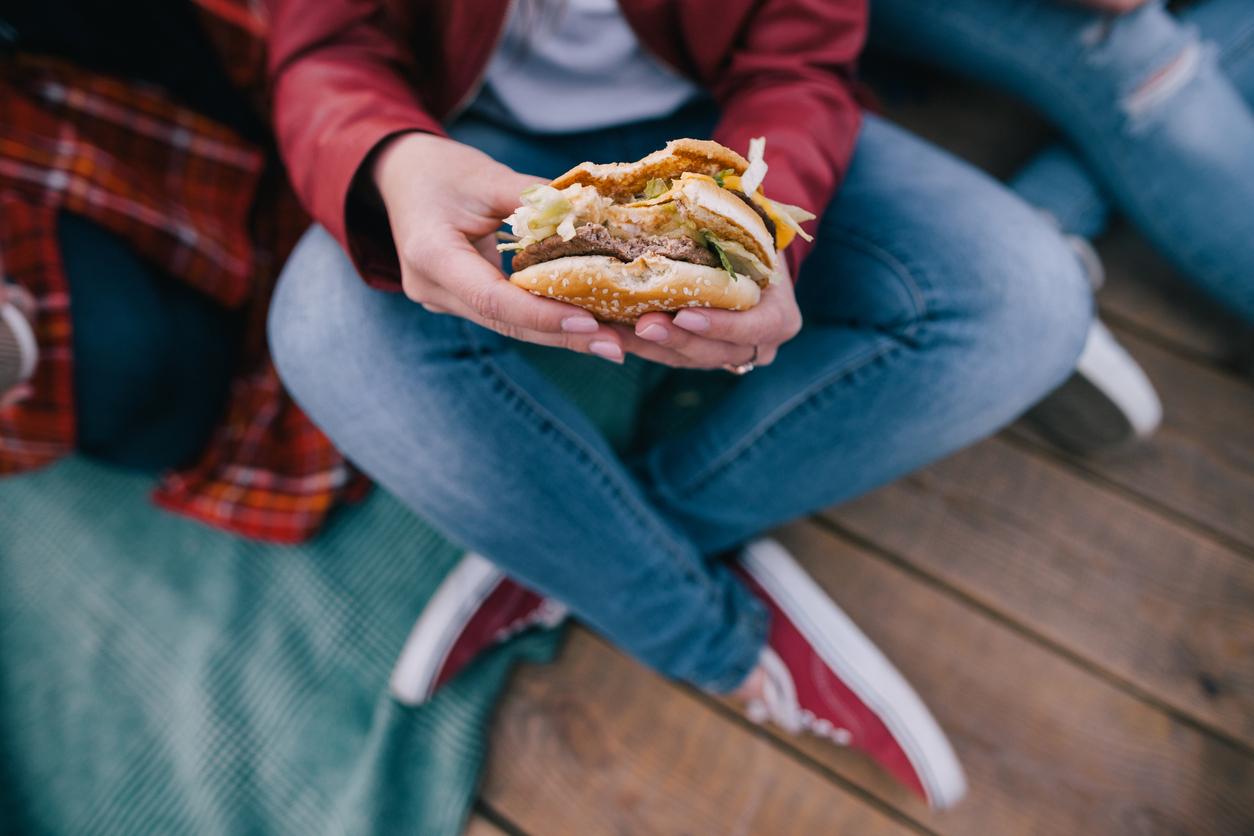Living in constant terror of eating or drinking is a reality for phagophobes.

- Phagophobia is a disorder related to the fear of swallowing solid or liquid food.
- It can lead to dehydration or malnutrition.
- Behavioral and cognitive therapies and dietary re-education can treat phagophobia.
Phagophobia, also known as dysphagia nervosa, is a phobia-related eating disorder. It plunges people who suffer from it into a state of extreme panic at the thought of swallowing, with sometimes very serious physical and mental consequences.
Phagophobia, what is it?
To be phagophobic is to suffer from an eating disorder related to an intense fear or an aversion to swallowing either certain solid or liquid foods, or swallowing in general, including saliva.
As with any phobia, it is usually explained by an initial traumatic event related to food. On a personal level, it may be having experienced or witnessed an episode of choking or suffocation. The trauma then creates a negative association with food intake which is often reinforced by physical symptoms such as sensations of blockage or obstruction of the throat during meals.
What are the consequences of phagophobia?
Far from being trivial, the consequences of phagophobia can be serious, both on physical and mental health. Depending on the type of food that is restricted, it can be malnutrition or dehydration, often leading to significant weight loss, muscle weakness, chronic fatigue and reduced immunity. , not to mention the life-threatening risk in some cases.
From a mental health perspective, phagophobia can lead to significant emotional distress often associated with feelings of shame and social isolation due to difficulty eating in public or participating in food-centric social events. For some people, phobia can be a real source of depression and even suicide.
How to treat phagophobia?
Cognitive and behavioral therapy (CBT) remains the gold standard therapeutic approach to help identify and modify the negative beliefs that contribute to the fear of eating. Due to a gradual exposure, it can help to accept to gradually swallow certain foods according to the patient’s fears.
However, the psychological approach is not enough since it is often necessary to associate health professionals specialized in food rehabilitation such as a speech therapist, a dentist, or even a maxillofacial surgeon. They then work in close collaboration with the patient to become more and more familiar with his sensations.
Learn more: “The Big Book of Cognitive Behavioral Therapies” by Dennis Greenberger and Christine Padesky.















